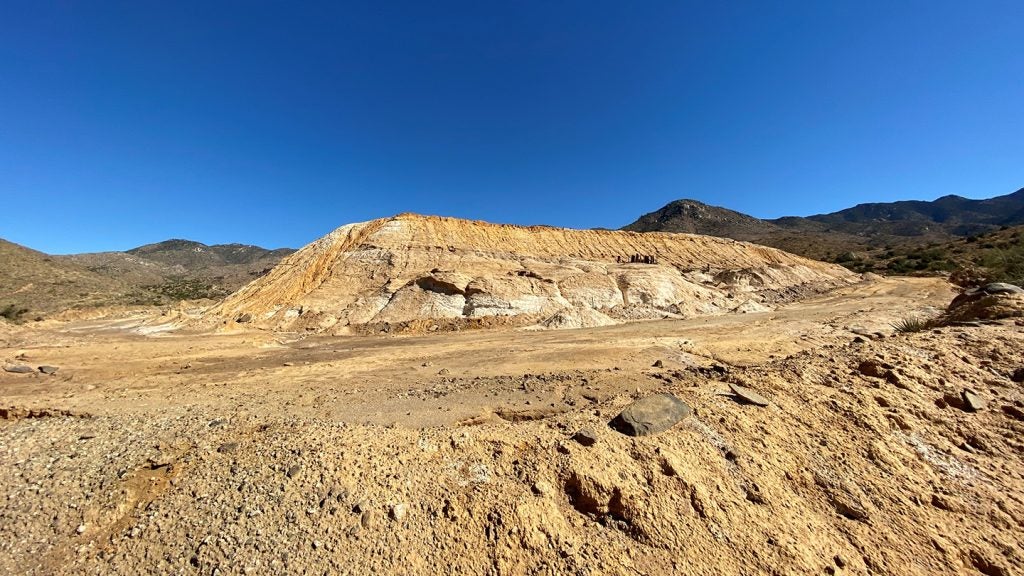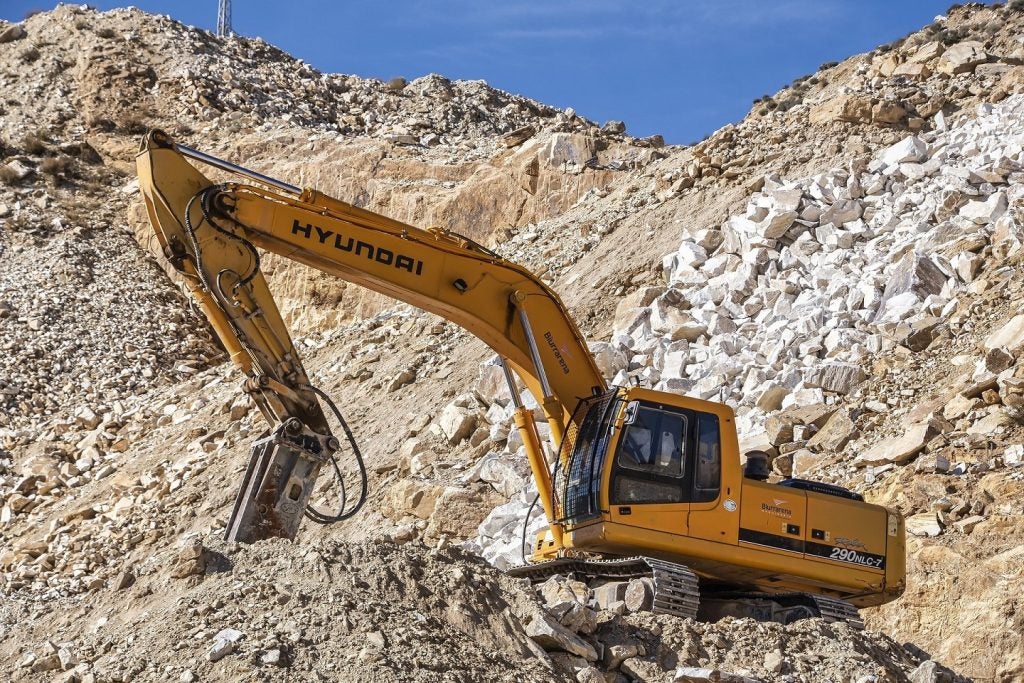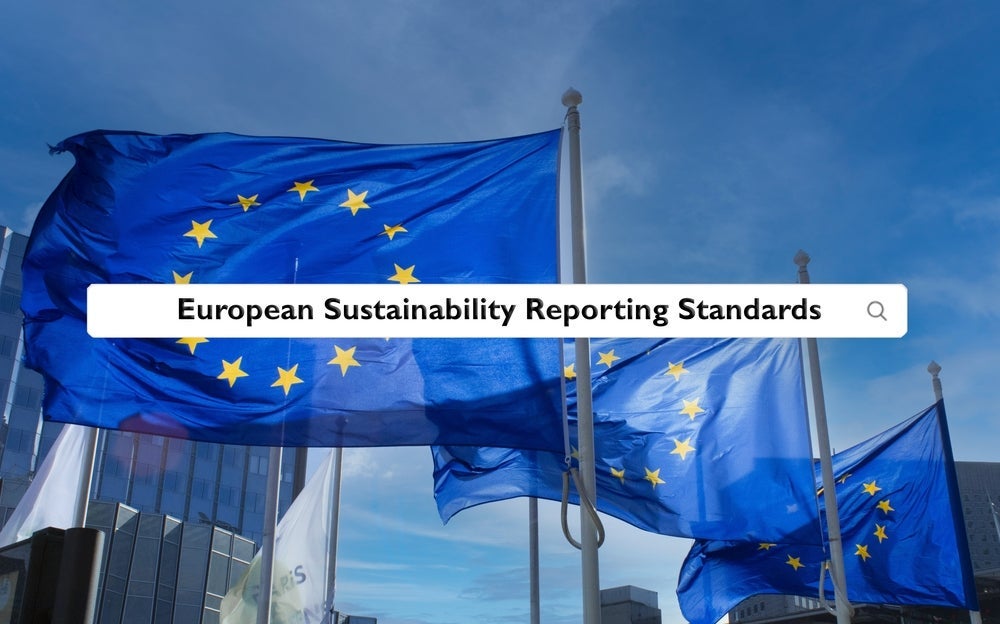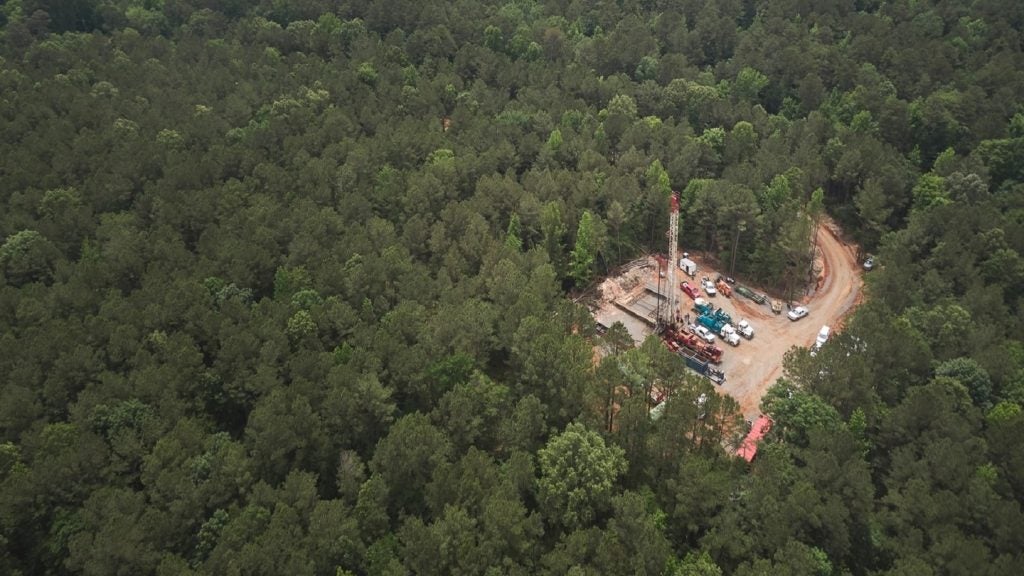
Since 2020, miners have sought to draw a line under tailings dam failures. The Global Industry Standard on Tailings Management (GISTM) hopes to prevent another Brumadinho disaster, the dam collapse that killed 270 Brazilians in 2019.
January marked five years since the Brumadinho accident, and five months since the conformance deadline set by the standards’ authors.
Now, mining investors are pushing to take these standards to the last remaining corners of the industry, but after more than three years, there are good reasons why some companies still do not comply. So, what is holding back compliance on tailings standards?
The Investor Mining and Tailings Safety Initiative
In 2020, MINE reported on the publication of the GISTM by the International Council of Mining and Minerals (ICMM). These voluntary standards, which all ICMM members subscribe to, cover more than just the integrity of tailings facilities.
The GISTM calls for the development of a better knowledge base around tailings, which would in turn better assess methods of storing tailings. The principles also cover community engagement, compliance disclosures and protections for whistle-blowers.
Currently, 77 companies subscribe to the standards, representing more than half of the mining industry’s market capitalisation. Another 13 have formally reviewed the standards, while 18 are looking at other tailings standards.
How well do you really know your competitors?
Access the most comprehensive Company Profiles on the market, powered by GlobalData. Save hours of research. Gain competitive edge.

Thank you!
Your download email will arrive shortly
Not ready to buy yet? Download a free sample
We are confident about the unique quality of our Company Profiles. However, we want you to make the most beneficial decision for your business, so we offer a free sample that you can download by submitting the below form
By GlobalDataThis leaves approximately 126 companies outside the system, and these are the companies targeted by the Investor Mining and Tailings Safety Initiative (IMTSI).
Investor action on tailings standards
The initiative, led by the Church of England Pensions Board and the Swedish Council on Ethics, represents 100 investors managing assets worth more than $25trn. They have set their sights on the remaining companies, pushing them towards adopting the standard.
While subscription represents a commitment to tailings safety, actual results only come with compliance. When the GISTM was established, the ICMM set a three-year deadline for compliance with the standard. That deadline has now passed, and the investor group has decided to increase the pressure on hold-outs.
The IMTSI reports that 44 of the 50 largest miners responded to requests for disclosure, and responders represent 86% of the industry’s market capitalisation.
Three months after the Brumadinho disaster, the initiative wrote to miners with tailings storage facilities, asking for disclosures on the scale of tailings facilities worldwide. The responses were published online and continue to be updated with new information. In September, the Church of England Pensions Board will launch a global registry for tailings facilities.
Recently, these disclosures have become the basis for action. Adam Matthews, chair of the pensions board, has said that the organisation will vote against the chairs of companies not taking action on tailings standards, and will consider filing shareholder resolutions for tailings action.
The IMTSI reports that 44 of the 50 largest miners responded to requests for disclosure, and responders represent 86% of the industry’s market capitalisation. However, this highlights that most non-responders, the companies not interfacing with tailings standards at all, are smaller and mid-tier miners.
The challenges of assessing tailings risk
The standards categorise tailings storage facilities by the consequences of their failure. As such, the ICMM has encouraged subscribers to focus on facilities with the greatest potential threat, although these are not necessarily the facilities at the greatest risk.
Aidan Davy, COO of the ICMM, told MINE that he is “very satisfied” with the current rate of progress toward implementing the standards from members. “They are either fully in conformance for all facilities in the two highest-consequence classifications, or well advanced with a limited number of requirements that are not fully in conformance,” he said.
In most instances, companies have not had a readily available interdisciplinary knowledge base, so this had to be developed and refined.
At the same time, ICMM members’ move to conform with tailings standards within three years has been “ambitious and challenging” but had “galvanised immediate and sustained action by companies”, Davy said.
“Progressing implementation, while working through related site-level challenges, within three years has proven to be challenging in some cases,” he explained. “For instance, members have found that not all 77 requirements can be progressed in parallel. Some must wait until others have been progressed or completed.
“In most instances, companies have not had a readily available interdisciplinary knowledge base, so this had to be developed and refined. Additionally, developing analyses of tailings dam breaches relies on establishing credible failure modes, via detailed risk assessment processes. We require both of these together before we can determine consequence classifications.”
At the same time, delays in implementation inspire their own delays. Since 2020, portfolios of tailings facilities have changed, meaning new compliance and fresh disclosures from compliant companies were required.
Building better governance structures
Some of the slow pace comes from the delicacy of creating responsible governance structures. For companies, this means structural change.
Anglo Asian, a copper and silver miner excavating in Azerbaijan, announced its subscription to the standards in January. A spokesperson told MINE that while the company had “always had the ambition” to subscribe to the standards, its governance procedures “naturally meant detailed analysis of the operational requirements was required, and that takes time”.
“We are one of only a handful of small and mid-cap listed mining companies,” the spokesperson said. “Despite the cost and resource involved, we are confident of achieving full compliance by the end of 2026.”
Changing governance structures takes time, as does building new ones. Currently, there is no body overseeing compliance with the GISTM, and no body that might also aid companies looking to comply.
In January 2023, the UN Environment Programme, the Principles for Responsible Investment organisation and the ICMM committed to establishing a Global Tailings Management Institute. This would manage auditing and certification by “qualified, independent third-party assessors”, Davy says. As yet, this body is not operating, “subject to further refinement and clarity on structure and governance and the recruitment of other founding members”.
Davy continues: “These organisations continue to advocate for broad-based uptake and implementation of the standards. Although subscription is voluntary, action by the pension boards demonstrates that there are consequences for ignoring it.”
Limited resource and expertise are stalling progress
In the meantime, the ICMM launched its Conformance Protocols and a Good Practice Guide in 2021 to aid in assessment and everyday conformity at subscribing facilities. However, at the end of the day, the process of subscription and compliance still falls entirely on the subscribing company.
There is a relatively limited pool of deep expertise on tailings management within the mining consulting community.
“There is a relatively limited pool of deep expertise on tailings management within the mining consulting community,” Davy said. “Similarly, some practical challenges vary across country jurisdictions; for example, the availability of reliable testing facilities and long lead times on obtaining analytical results.”
As such, companies have few learning resources, and no funding resources, to turn to in tailings. Miners are only expected to answer to themselves as, right now, there is nobody else to answer to. This lack of resources shows most among smaller companies operating with tighter margins, meaning less compliance among lower-market-cap companies.
However, in reality, this lack of resources still shows at all levels. Erica Schoenberger, professor emerita of environmental health and engineering at Johns Hopkins University in the US, told MINE: “The staff who are supposed to implement these inadequate regulations are horrifyingly under-resourced. Everyone in the industry knows this.”
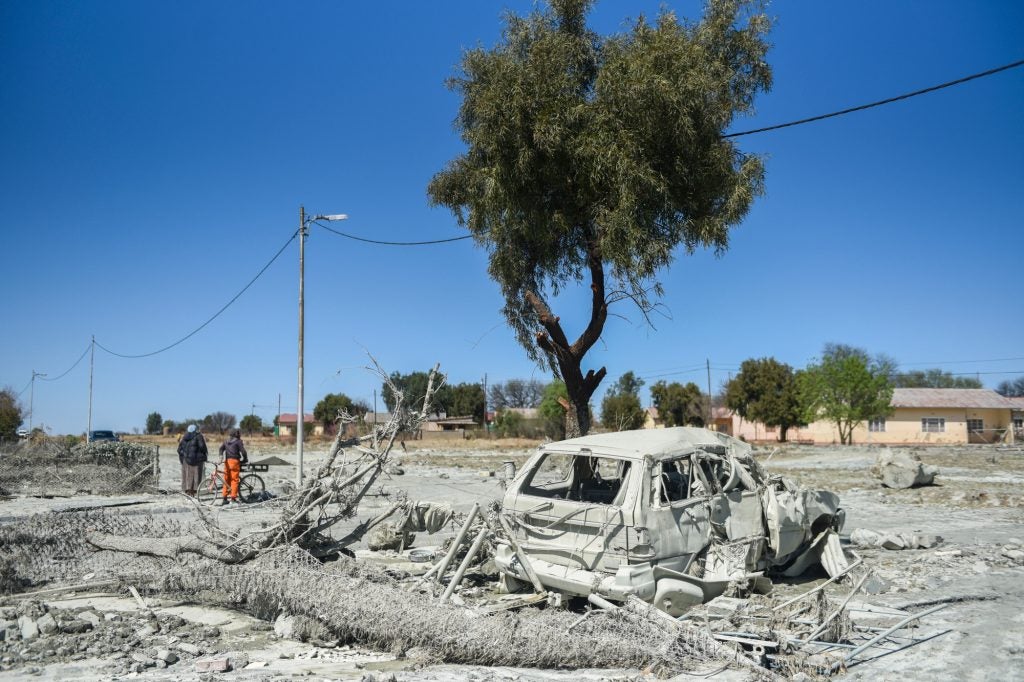
Is tighter legislation the answer?
Schoenberger continues: “Something that would help here, in a reasonably useful time frame, is a very substantial increase in bonding requirements – financial penalties for failure that hurt. This is a concise legislative ask, so is presumably easier to get done than a broad reform, but even that can’t happen unless the industry positively supports it. The companies and industry associations have to lobby for it.
“Government regulation should do a lot of the work around compliance, but it plainly doesn’t. Regulations pretty much everywhere are seriously inadequate.”
Most countries with rigorous legal systems have laws covering the consequences of tailings failure. While the financial penalties for such failures can be staggering, it can be difficult to believe in their power when confronted by images showing the scale of devastation after a tailings disaster.
On an average day, failure is unlikely and code compliance is costly. As such, many miners seem willing to take a “good enough” approach. While the largest post-collapse cases continue through courts, voluntary codes of practice hope to take meaningful action against tailings disasters.
Will subscription to standards be enough?
Currently, penalties for ignoring the tailings standards come from private third parties; neither governments nor the industry at large seems willing to take enforcing the standards in hand – but while investors back the standard and insist upon its implementation, does this matter? Also, is third-party enforcement a fix to a system lacking consequences or a system working as intended?
Notoriously, self-regulating industries can end up with minimalist regulations, low compliance or enforcement in name only. There is no reason to doubt tailings regulations currently, but with better rates of subscription and compliance, true efficacy will rely on enforcement and auditing.
Davy says that the tailings standards have led to “transformative improvements in engineering, management, governance and monitoring. It has also elevated tailings management to the highest levels of company oversight and accountability.”
A commitment to broader transparency would allow people outside the industry to have an understanding of what is going on, and help front-line managers do what they know is right, even if upper management has other priorities.
Schoenberger, however, looks elsewhere: “The standards may be fine. The problem is holding companies to them.
“In calling for independent external review, the more recent conformance protocols are a welcome step forward, but corporate culture and leadership are still absolutely critical. Top management has to back up written policies with financial resources and personal commitment.
“Two things would help here. A commitment to broader transparency would allow people outside the industry to have an understanding of what is going on, and help front-line managers do what they know is right, even if upper management has other priorities.
“Second, providing resources to stakeholders, enabling them to adequately assess companies’ proposals themselves. For example, companies could provide funding to stakeholders to hire their own expert consultants.
“Can mid-tier companies do these things? They will say no. So, who could make them? That has to come from within the industry itself – the industry associations and the big companies. They have the power to lobby for legislative reforms that will apply to everyone.”



